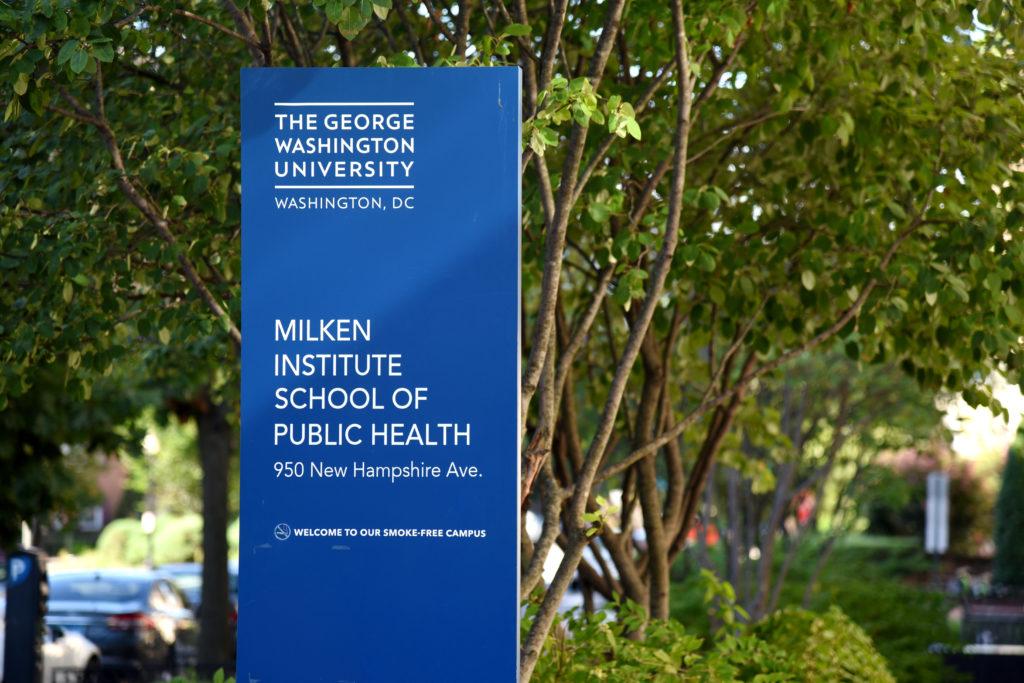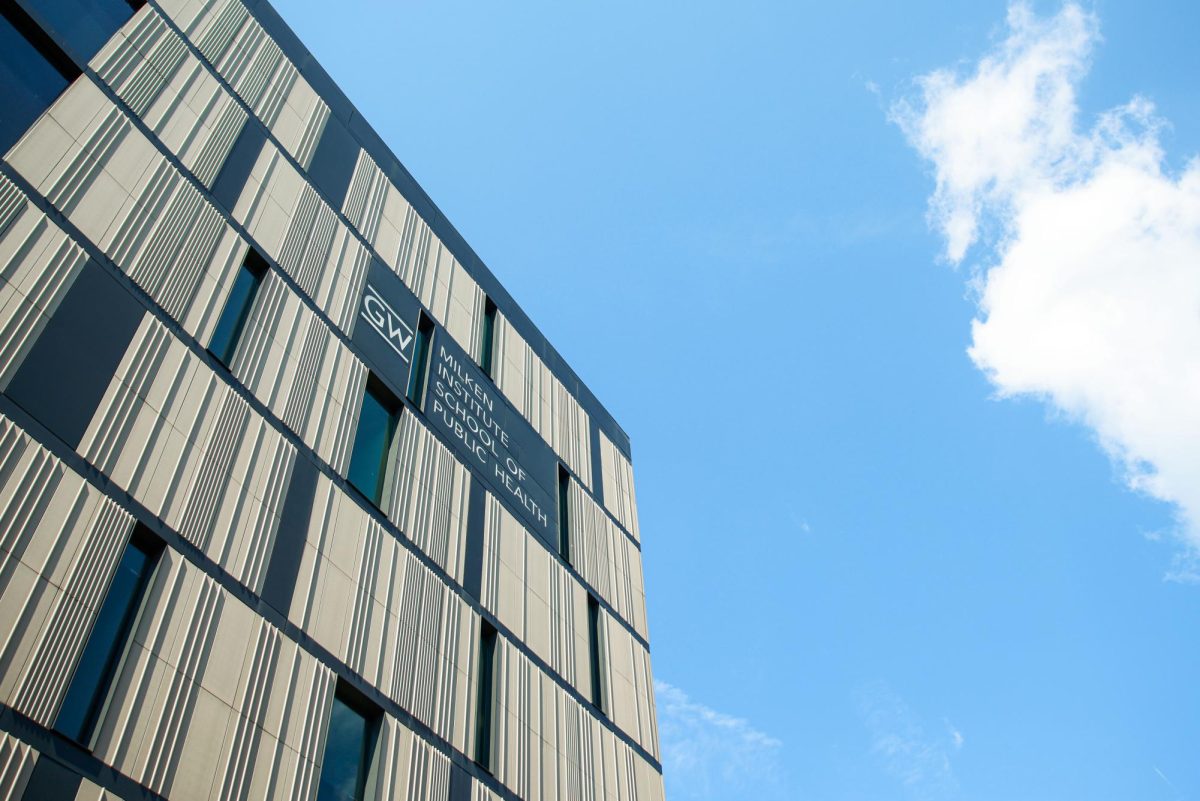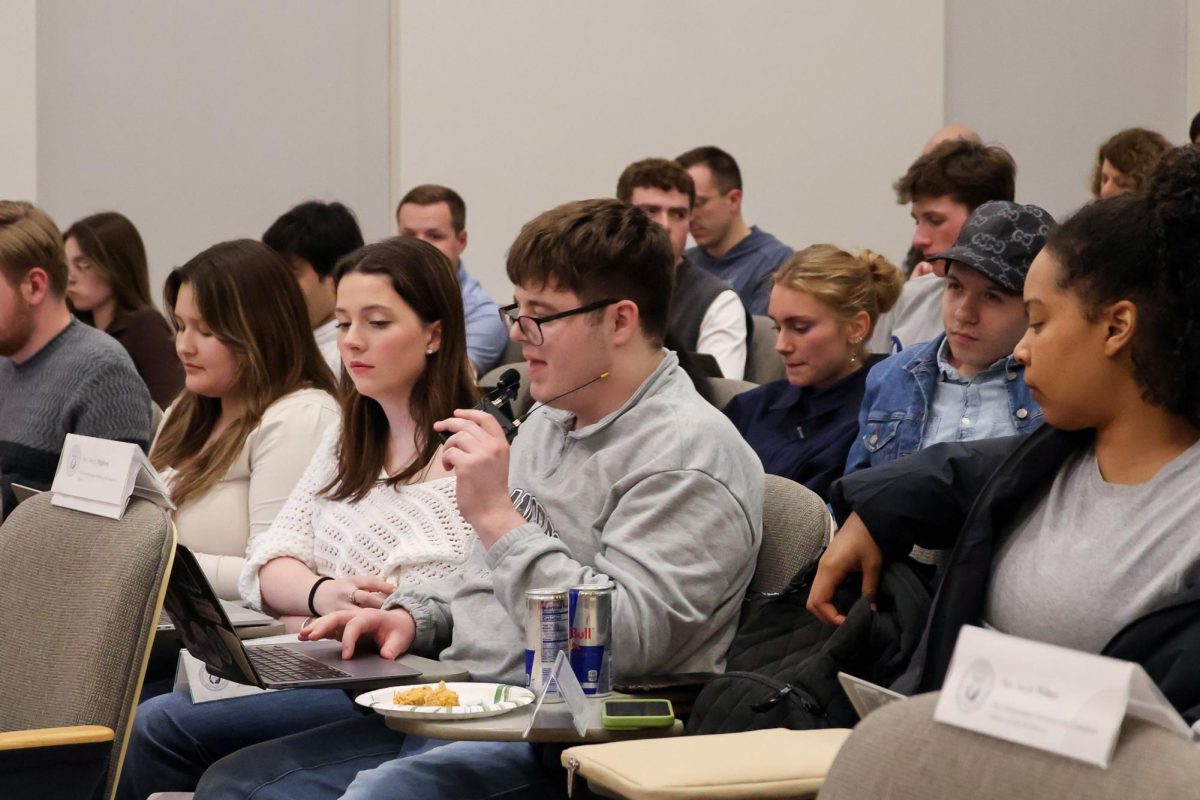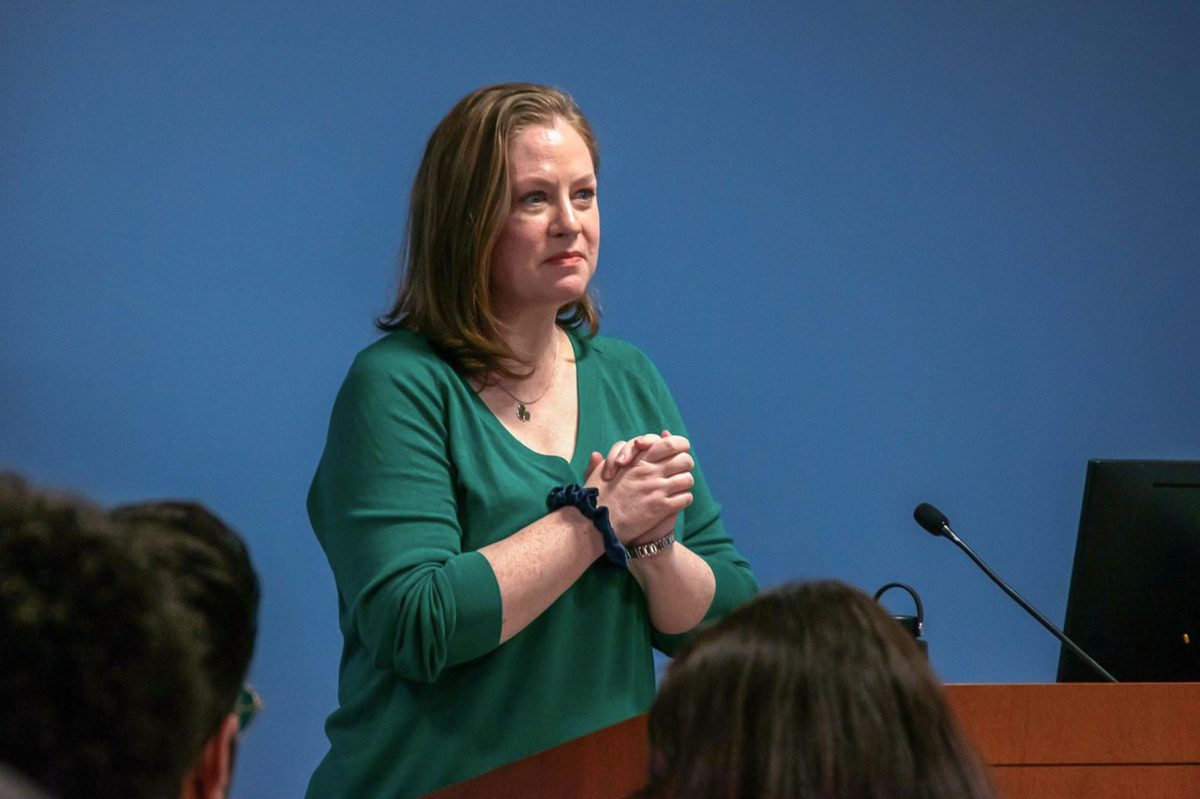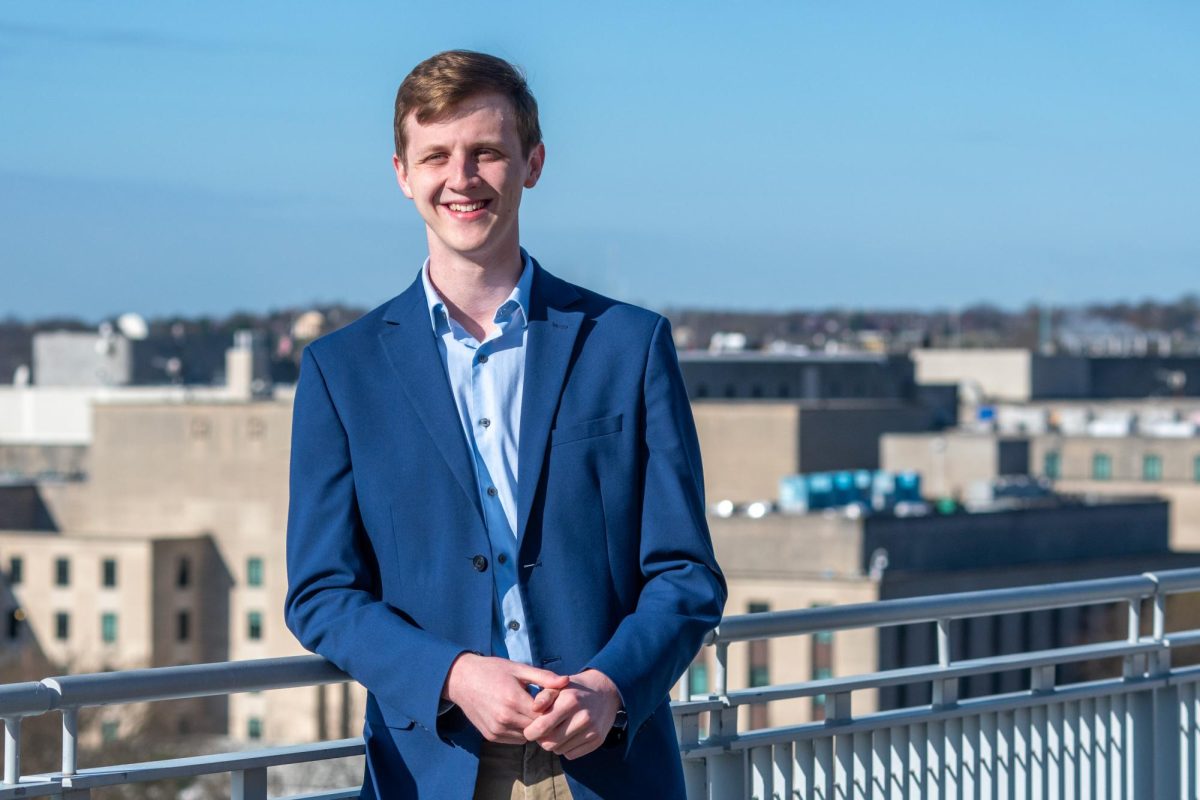GW is working to shore up HIV prevention in Latino communities with the highest HIV rates in the United States through partnerships with the Centers for Disease Control and Prevention and higher education institutions.
The CDC awarded the University a $900,000 grant last month to support the five-year partnership, which Milken Institute School of Public Health officials announced two days before World AIDS Day last Wednesday. Carlos Rodriguez-Diaz, an associate professor of prevention and community health and the project’s principal investigator, said his team will increase HIV awareness through fliers, social media ads and in-person events at higher education institutions in the 10 U.S. jurisdictions that have the highest rates of HIV among Latinos.
“The work that we will be doing is what we’ve proposed, which is to partner further with Hispanic serving institutions of higher education, to increase HIV awareness among Latinos in their institutions and their communities,” Rodriguez-Diaz said. “That is our mission with this partnership.”
Latino communities are at an increased risk for HIV – with Latino gay and bisexual men accounting for 85 percent of new HIV diagnoses in 2019 – because of higher rates of sexually transmitted diseases, racism, homophobia and lack of access to HIV treatment services, according to the CDC.
The 10 jurisdictions include the District, Puerto Rico, Texas, Pennsylvania, New York, New Jersey, Illinois, Florida, California and Arkansas. He said his team will partner with the University of Puerto Rico – the largest predominantly Hispanic higher education institution – to conduct research throughout the territory, but members of the team are still assessing which institutions to target in the remaining nine jurisdictions.
He said his team includes two undergraduate and two graduate students from GW, as well as two others from the University of Puerto Rico – an undergraduate student and one staff member who will serve as the program coordinator.
Rodriguez-Diaz said the HIV project is part of the CDC’s Partnering and Communicating Together program, which aims to spread CDC’s “Let’s Stop HIV Together” campaign through social media and in-person events that spread information like where to get tested. He said GW is the only academic institution that received funding through this program, because all the other partners are patient-led and advocacy organizations like the National Hispanic Medical Association.
He said his team already had its first HIV awareness event with the University of Puerto Rico last Wednesday. Rodriguez-Diaz said his team had a table set up at the University of Puerto Rico where they spoke to students about HIV and referred them to community-based organizations where they could get tested.
“We had a table display in the main hallway on this campus of the University of Puerto Rico, and we have free condoms and free information, but we also have free local Puerto Rican sweets,” Rodriguez-Diaz said.
He said groups of color like the Black and Latino communities are at an increased risk of contracting HIV due to social factors like poverty and food insecurity. Rodriguez-Diaz said men who have sex with men and transgender women also have an increased risk of infection.
“We have social determinants of health that affect the increased likelihood of these groups getting infected with HIV,” he said. “So we know that poverty, unstable housing, food insecurity, stigma and discrimination interplay in the risks that are associated with HIV infection in these groups.”
Rodriguez-Diaz said his team will create materials like posters, flyers and ads for websites and social media “to increase the visibility” of HIV. He said he will also collaborate with universities’ student associations to host Facebook live streams, where he can speak as an HIV expert on issues like where people can get tested and receive HIV services.
Rodriguez-Diaz also said he will talk with student newspapers at these institutions to increase awareness about HIV.
“We want to make sure that people who have HIV are getting the services that they need, but also because an important component to address to end the HIV epidemic is stigma,” Rodriguez-Diaz said. “And we know that stigma is a barrier for people to get tested and know their HIV status and to access care.”
He said the CDC will be the “core center” for evaluating the impact of the HIV interventions that his team implements in education institutions.
“The CDC will continue working with us throughout the implementation of the project and will support the evaluation and the assessment for the activities that we’re doing,” Rodriguez-Diaz said.


